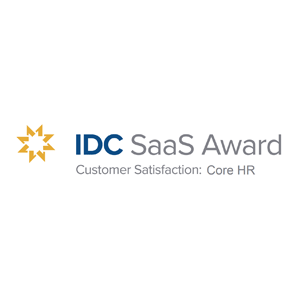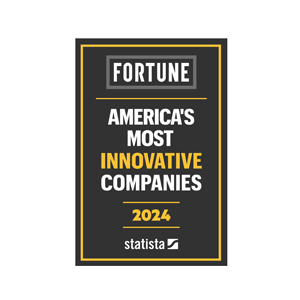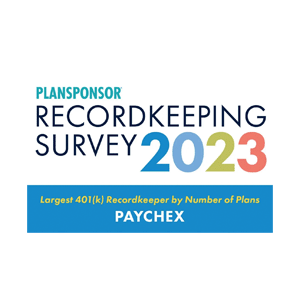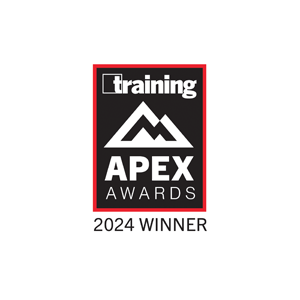Paychex HR and Payroll Services in Iowa
For human resources, payroll, and PEO services, Iowa businesses trust Paychex to help them meet their goals and objectives. We proudly provide businesses of all sizes with payroll and HR support when they need it most.
Request a Free Quote
Paychex Iowa Locations
Among the leading payroll, HR, and PEO companies in Iowa, Paychex can deliver support and services to businesses across the Hawkeye State. Find us right off I-80 in West Des Moines.
7600 Office Plaza Dr S
Paychex Services for Iowa Businesses
Payroll Made Easy from Setup to Service and Support
Run payroll on desktop, mobile, or even by phone with a payroll specialist. Our easy-to-use online payroll software allows for:
- Flexible processing
- Automated tax administration
- Employee self-service options
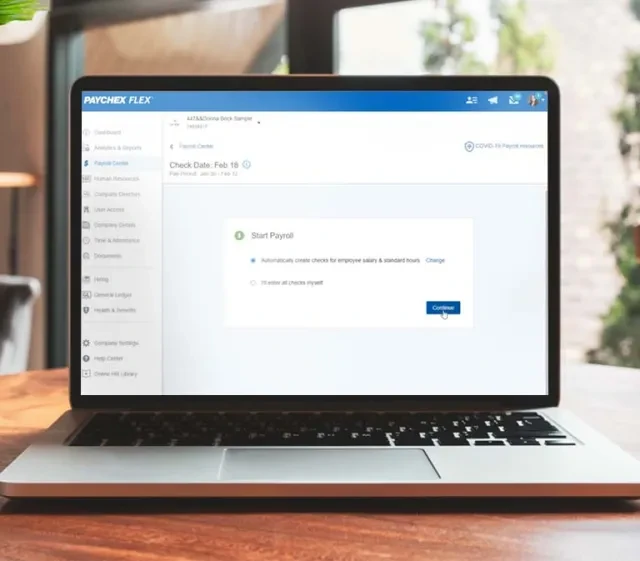
Coverage for Your Business, Property, and Employees**
- Get help choosing a top-tier insurance carrier tailored to your needs
- Leverage our technology and expertise to help you handle deductions, billing, and compliance effortlessly
- Integrate your insurance with payroll for streamlined administration

Get Help with Your HR Needs
Proactive HR advice and all-in-one technology simplify employee management, helping you stay compliant and attract top talent.

Offer Convenience and Value to Employees
Paychex Flex® empowers employees to handle tasks themselves, giving them the answers they need when they need them. This helps to save your HR team time and keep everyone productive.
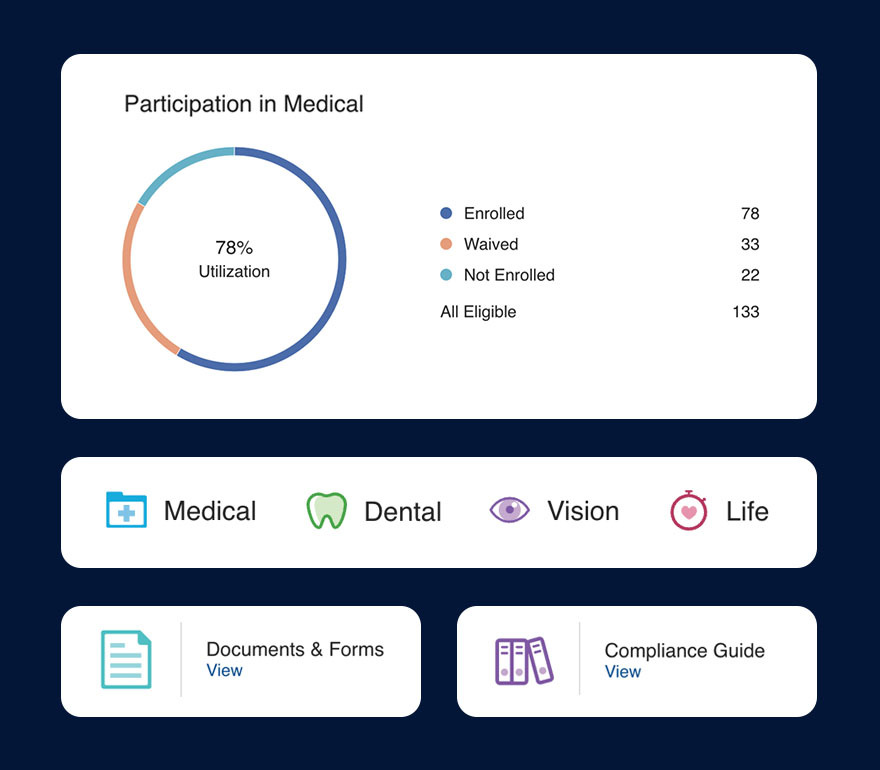
The Single Platform for Your HR, Payroll, and Benefits
Whether you are self-employed, a startup, or a large corporation, Paychex Flex offers scalable, award-winning technology to meet your HR and payroll needs. With over 30 self-service employee actions and seamless integration with other software you’re already using, Paychex provides customized solutions for every business size.
How Can a PEO Help Your Iowa Business?
Employers in the Hawkeye State, no matter their size, encounter the same challenges while running their businesses: recruiting and retaining good people, keeping costs in check, trying to find more time to grow.
A Professional Employer Organization (PEO) such as Paychex supports your business by taking care of HR administration, payroll processing, benefits administration, risk management, compliance updates, and more to help save you time and money that you can put toward your business.

Contact a Paychex Payroll & HR Consultant
Looking for more reasons to choose Paychex? Here’s why Iowa businesses love working with us:
- Over 50 years of industry experience
- User-friendly technology to boost productivity
- In-depth knowledge of both Iowa state and federal laws and regulations

Convenient Service and Support
Iowa businesses work with Paychex to simplify human resources management, benefits, and payroll.
- Use our app to handle payroll and manage HR and benefits directly
- Save time by letting employees update their own information
- Get help from service and support whenever you need it

Find the Right Solution for Your Business
With the perfect combination of technology, expertise, and customer service, Paychex helps Iowa businesses succeed. We’ll work with you to find the right solution for your business needs.
How Many Employees Do You Have?
Paychex Is the Smart Choice for Payroll and HR Services in Iowa
- Proud to support hundreds of thousands of businesses with their HR needs
- Recognized by Fortune® magazine for our corporate reputation and outstanding financial performance
- Industry-leading payroll, HR, and benefits solutions

Additional Resources for Businesses in Iowa
Payroll Solutions for Businesses of Every Size
Focus on what matters most – your business. Paychex Payroll Services can save you and your business time and money. Hear from our customers why they choose Paychex to help ease the burden of payroll.
“We have quite a few employees that are working remote these days and Paychex Flex® really allows them to go in at any time and really check on their payroll, check on their contributions, and really look and make sure that everything is accurate."
"The daily time that I don’t spend on (payroll) … it really changes my daily routine. It allows me to make phone calls, answer emails, talk with general contractors and talk with my franchise (personnel). Having the ability to do that streamlines both processes."

"When I first started, my wife used to do my payroll for me, but it didn't always work out because I'm too busy, she's too busy ... so her brother, who's a CPA, suggested that I should use Paychex. Having Paychex as my payroll service just makes my life a lot easier."

“For me and my business, Paychex is someone that I can depend on to make sure that every person is paid on time.”






